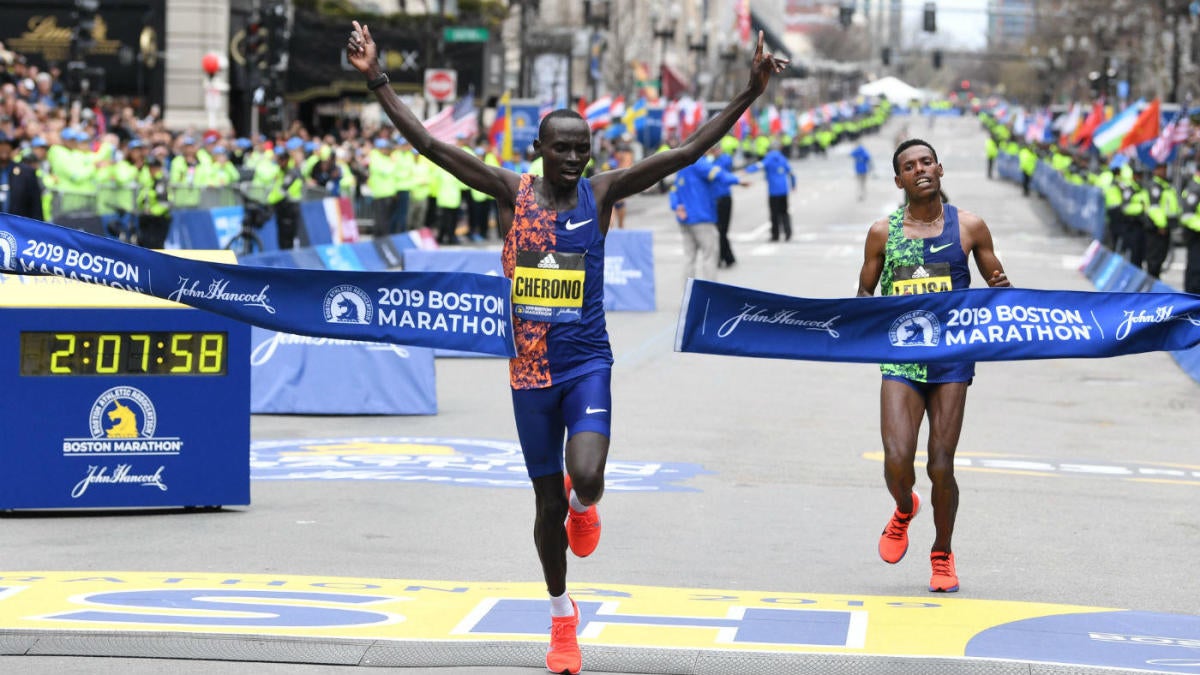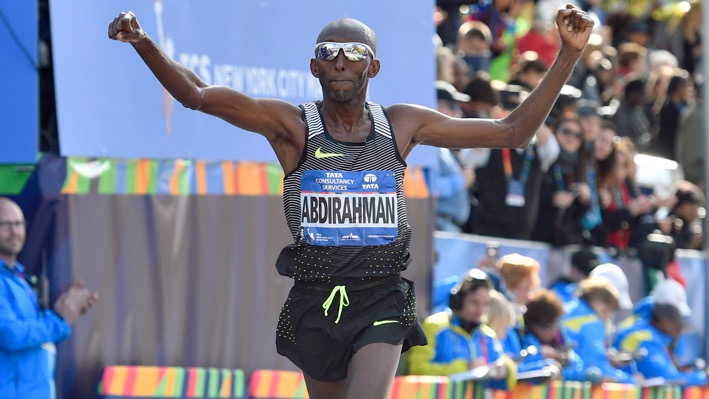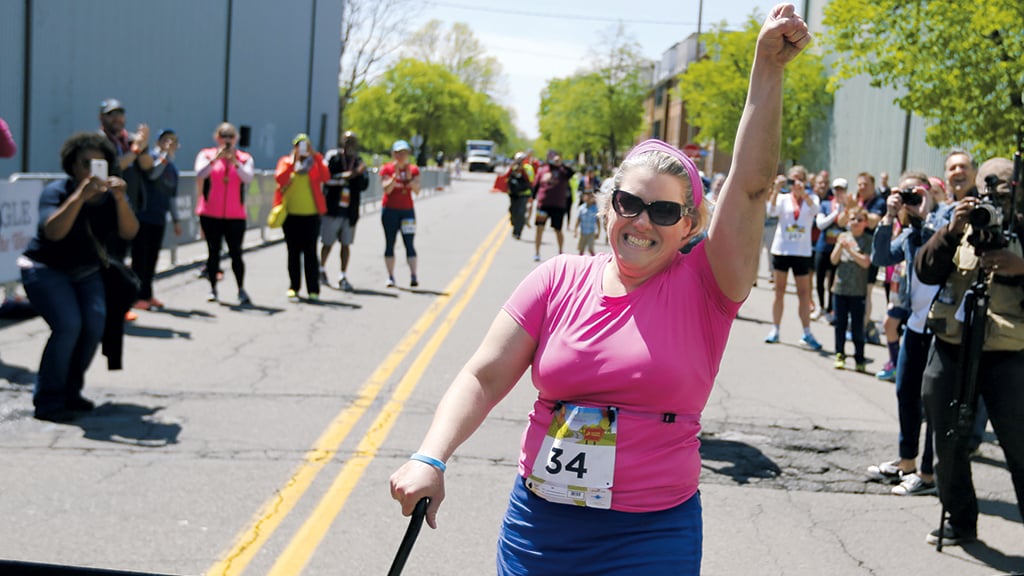The Boston marathon this year ended in an all out sprint in the last block of the race (city block, that is). It wasn’t much of a sprint, because all of these runners had been running for 26.15 miles as fast as possible and they most likely did not do any speed work in the last twelve-ish months. Considering this, the runners probably have minimal fast twitch muscle fibers in their legs. For anyone who reads this and doesn’t know know what those are, they basically just make your legs go faster and help you gain speed. You get these muscle fibers by doing more sprinting rather than jogging / long distance running. The opposite is slow twitch muscle fibers. These are what you build onto when your doing jogging and long distance running, which explains why the runners at the end of the Boston marathon looked like they were just doing a fast jog. For a race like a marathon, it doesn’t often come down to the last few hundred meters, so to train any fast twitch muscle fibers is usually pretty unrational. However, if the winner this year, Lawrence Cherono, did do some speed work it definitely paid off in the form of a $75,000 check. Anyways, back to the topic. The 2019 Boston Marathon was won by Lawrence Cherono of Kenya who edged out Lelisa Desisa of Ethiopia. Considering where these two were from and their prosperous winning streaks and careers, this years marathon was expected to be quite a fast one. The top two finishing times were 2 hours, 7 minutes and 57 seconds and 2 hours, 7 minutes and 59 seconds.

You can see the sprint to the finish here:
Lawrence Cherono just edges out Lelisa Desisa to win the 2019 @bostonmarathon !!!! What a finish 👀 #bostonmarathon pic.twitter.com/Ax1RdpWurH
— Kris and Mindy (@RaceEveryStep) April 15, 2019
As for the Women’s race, it was not that close. Worknesh Degefa of Ethiopia won the Women’s section of the Boston Marathon by quite the margin. She won in 2 hours, 23 minutes and 30 seconds. The American racers who were interviewed after the race mentioned that Degefa had taken off pretty early in the race and were interested to see if she would return to the lead pack. Last years winner, Desiree Linden, said she was surprised by how much racing was being done so early on in the race. Usually marathons begin to heat up in the final miles, but this one seemed to take off pretty quickly. Despite this, Degefa did not etch near her personal best marathon time. The Boston Marathon is a hard marathon, so it would make sense. Her personal best in the marathon is 2:17:41, which she ran in Dubai back in January of this year.































